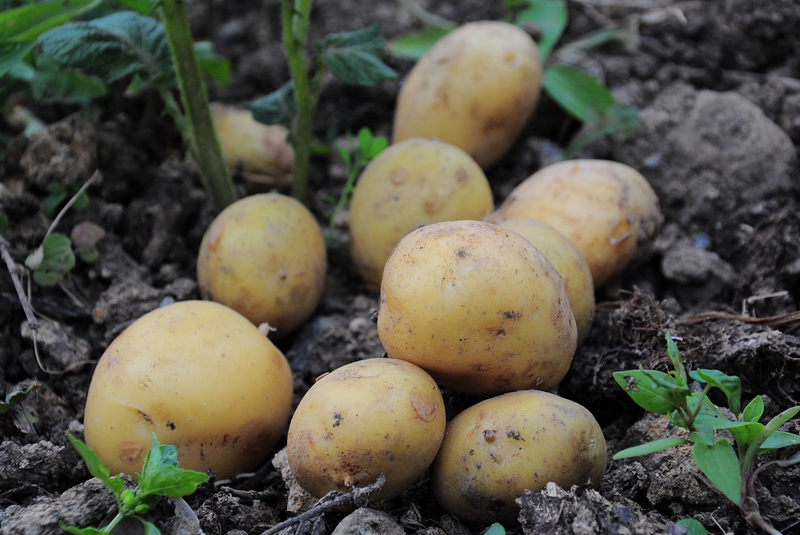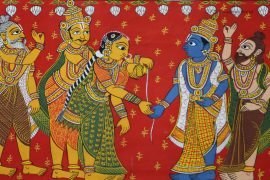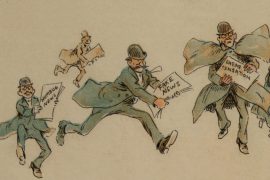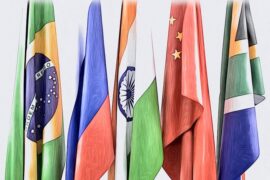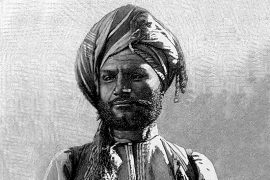By 3000 BCE, the Incas domesticated potato on the Andes mountains. Men and women became stronger, mortality decreased and, soon, the Inca population increased. All was well, until the Spanish conquistadors set foot on their land in search of gold, instead they were enamored by the potatoes.
They destroyed the Incan civilisation and carried whatever they could on their journey back home. Unknown and underappreciated, the tubers were tossed to a corner of the ship. No one would’ve guessed that the journey would transform the diets of millions of people around the globe.
Initially, the Europeans did not eat potatoes. They eyed the crop with disgust and loathing. They considered the tuber to be poisonous, a source of leprosy. Furthermore, it was too different from the other staple food in the continent. Consequently, it took a long time for the Europeans to adopt the potato into their cuisine. But once people took to it, potato shipments multiplied exponentially.
The spread to other parts of the old world–including China, Penghu Islands, Taiwan and India–took over two centuries. Africa is an exception to this pattern as potatoes came late to its shores; widespread cultivation of potatoes started only in the early eighteenth century.
-30-
Copyright©Madras Courier, All Rights Reserved. You may share using our article tools. Please don't cut articles from madrascourier.com and redistribute by email, post to the web, mobile phone or social media.Please send in your feed back and comments to editor@madrascourier.com

